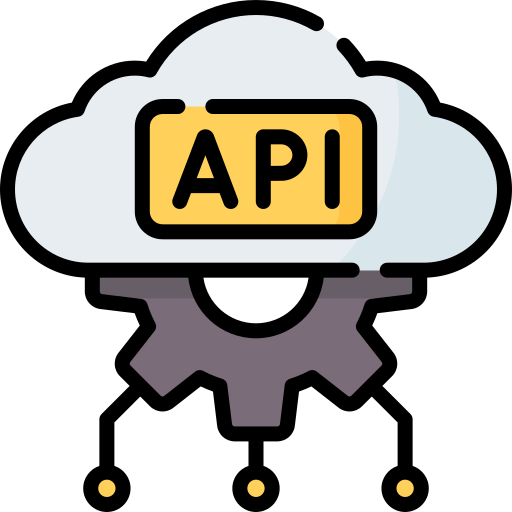In the realm of software development, architects constantly grapple with the choice between stateful and stateless architectures. Both approaches have their strengths and weaknesses, and understanding these differences is crucial for building robust and scalable applications. Let’s dive into the ring and explore the key characteristics of each contender.
Stateful: The Memory Master
Imagine a waiter at a restaurant. They remember your preferences from previous visits, like your favorite beverage. Stateful systems operate similarly. They maintain information about a user’s session (past interactions) and use this data to personalize the experience. Here’s what defines them:
- Session Management: Stateful applications store user data on the server-side, often in databases. This allows them to track user sessions and tailor the experience accordingly.
- Complex Workflows: Stateful systems excel at handling workflows that require maintaining state across multiple interactions. Imagine a shopping cart in an online store – it remembers the items you added, even if you browse other products before checkout.
Pros of Stateful Systems:
- Personalized Experiences: Stateful applications can provide a more personalized user experience by remembering preferences and past interactions.
- Complex Workflows: They are well-suited for applications that involve intricate workflows with state dependencies.
Cons of Stateful Systems:
- Scalability Challenges: As user traffic increases, managing user sessions across multiple servers can become complex.
- Increased Complexity: Developing and maintaining stateful systems often involves more complexity due to session management requirements.
Stateless: The Memory Minimalist
Think of a vending machine. It doesn’t remember you or your past purchases. Stateless systems function in a similar fashion. They treat each request as an independent event, with no reliance on past interactions. Here are their defining traits:
- Independent Requests: Stateless applications process each user request independently, without referencing any historical data. Every request must contain all the necessary information for processing.
- Faster Performance: Stateless systems are generally faster and more scalable as they don’t require complex session management.
Pros of Stateless Systems:
- Scalability: Stateless applications are easier to scale horizontally by adding more servers to handle increased traffic.
- Simpler Development: Developing and maintaining stateless systems can be simpler due to the lack of session management overhead.
Cons of Stateless Systems:
- Limited Personalization: Stateless applications struggle to provide personalized experiences as they don’t retain user data between requests.
- Complex Workflows: Stateless systems might not be ideal for applications requiring complex workflows with state dependencies.
Choosing Your Champion: Stateful vs. Stateless
The ideal architecture depends on your specific application’s needs. Here’s a quick guide to help you decide:
- Choose Stateful if: Your application requires personalized experiences or involves complex workflows with state dependencies.
- Choose Stateless if: Scalability and simplicity are top priorities, and user personalization is not a critical element.
The Final Round: Combining Techniques
In the real world, many applications leverage a hybrid approach. They might employ a stateless front-end for initial requests and utilize a stateful back-end to manage user sessions and complex workflows. This approach offers a balance between scalability and personalization.
By understanding the core concepts of stateful and stateless architectures, you can make informed decisions when designing and building your next application. Remember, the choice depends on your project’s specific requirements, and there’s no single “one size fits all” solution in the battle between state and statelessness.


